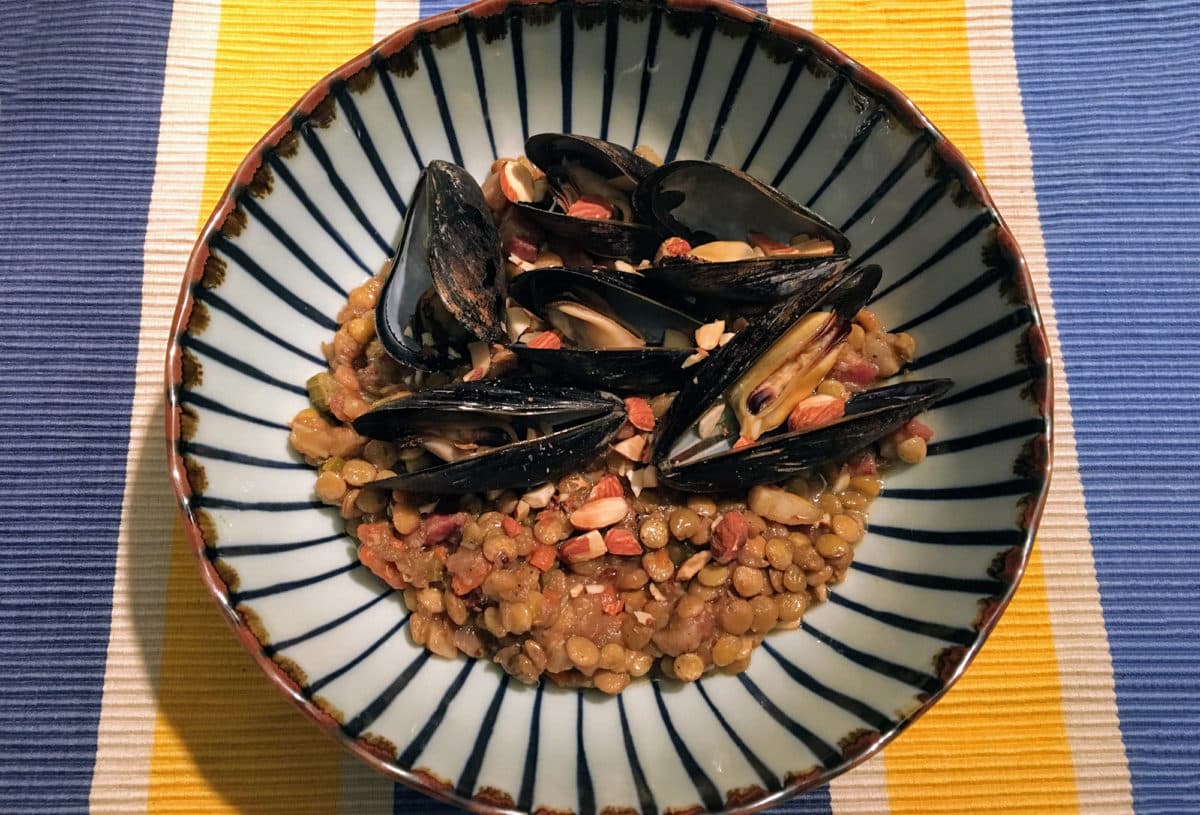I have no idea what a flamingo tongue tastes like. Pliny the Elder tells us in his Encyclopedia of Natural History that the ancient gourmand, Apicius, said that they have “a specially fine flavor.” I also have no idea if milk-fed snails are delicious or if boiled sow’s womb would satisfy the palate. Wealthy ancient Romans loved these dishes, however, and the recipes for cooking them survive in the earliest known cookbook, Apicius De Re Coquinaria.
The Apicius cookbook that we know today consists mostly of recipes from the third century C.E., but many date back centuries earlier. It is believed that several recipes named for Apicius may have originally come from the kitchens of the famous food-lover himself.
Little is known about the life of Marcus Gavius Apicius, an extraordinarily wealthy Roman who lived during the time of Emperor Tiberius. But we do know about the dramatic way in which he died. My novel, Feast of Sorrow, imagines how Apicius might have met such a tragic end. Since almost everything else we know about his life revolves entirely around food and because his most important legacy is the De Re Coquinaria cookbook, I had a challenge on my hands. Namely, how was I to write about food that I had never tasted and that contained ingredients I had never even heard of?
"How was I to write about food that I had never tasted and that contained ingredients I had never even heard of?"
Fortunately, I wasn’t the first to explore the food of Apicius. Food historian Sally Grainger, translator of the De Re Coquinaria, published a companion cookbook, Cooking Apicius. And other food historians, such as Andrew Dalby, Ilaria Gozzini Giacosa, Mark Grant, and Francine Segan have published cookbooks that modernize ancient Roman recipes for today’s audiences. I began there, cooking everything from Parthian chicken to spelt bread to honey cakes.
Many ancient Roman dishes are already familiar to us – French toast, frittatas, fried dough, mustard beets and more – and thus were easy to make. Ingredients for other Apicius dishes proved to be a bigger challenge. In 2008 when I began testing the recipes, it was difficult to find some of the spices. Now you can find virtually anything you want via the Internet, be it asafoetida (the closest taste to the now extinct herb silphium), fish sauce (Italian colatura) or date sauce.
In the beginning, I cooked from the translations found in the cookbooks by the authors mentioned above. Gradually, as I began to understand the ingredients better, I became more adventurous, interpreting recipes myself. What is interesting about De Re Coquinaria is that it was written specifically for chefs who knew the methods of cooking during the time that it was first scribed. Each recipe consists of a list of ingredients without measurements, and a rudimentary set of instructions.
That meant I could interpret a dish in whatever way I wanted to. It led to great experimentation in the kitchen. Fish sauce and asafoetida are very powerful, so toying with those ingredients to strike the right balance was key. Sometimes it made sense to add an ingredient. For example, the recipes don’t call for olive oil but our methods of cooking in the pan might require it. What mattered most to me was the flavors and if I could be as true as possible to the ingredients and still make them palatable for the modern audience.
Cooking the recipes of Apicius meant that my descriptions of meals in the book are more accurate. It also gave me a sense of what the smells of the kitchen and the textures of the ingredients have been like. One of the greatest joys of writing Feast of Sorrow has been testing – and tasting – the recipes.
I have also asked other chefs to try their hand at modernizing an Apicius recipe. Chef Michael Pagliarini, owner of the Cambridge, Massachusetts restaurant s Giulia and Bendedetto, created a delicious Apicius-inspired lentil and mussels dish. The Apicius cookbook contains over a hundred recipes for sauces. My interpretation of a sauce for mushrooms has become a family favorite. ![]()
